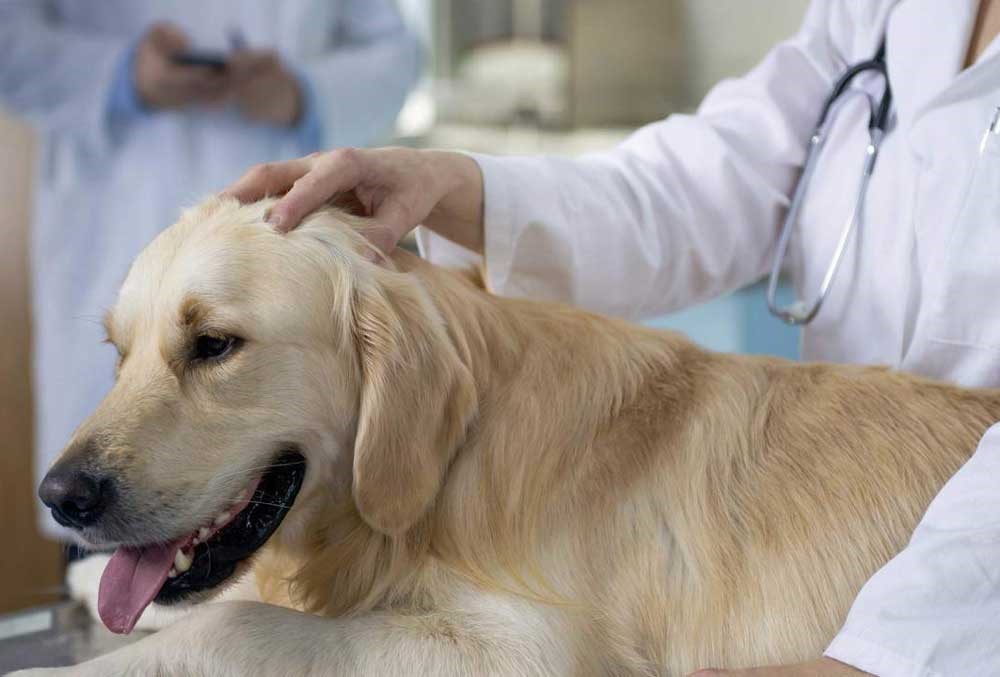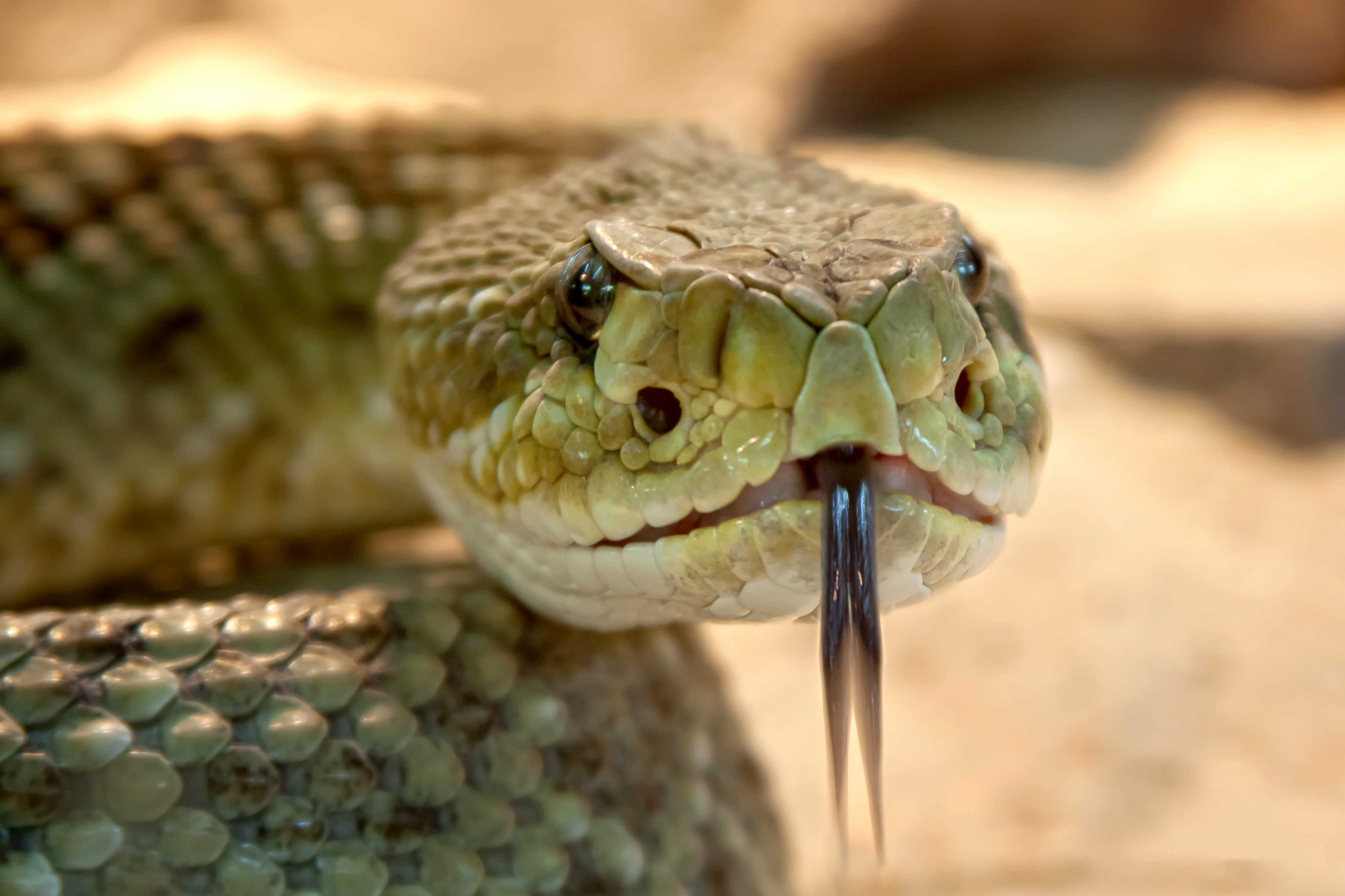STS or Soft Tissue Sarcoma is a type of cancer that affects a lot of pets and the NCBI (Center for Biotechnology Information) has stated that between 27 thousand and 95 thousand dogs are diagnosed with it, just in the United States.

STS is a form of malignant cancer that occurs in the skin as well as the subcutaneous connective tissues, the term STS is a collective term for the condition. This type of cancer also affects the fat cells, nerves, cartilage, muscle, fibrous connective tissue, and the “pericytes” which are tiny blood vessels beneath the skin. This informative site has some further detailed information, click here.
When the dog has a firm mass under his skin it could be an indication that it is a tumor. Tumors in this group typically appear as firm masses under the skin. They may be found on the neck, head, or extremities. It has been noticed that they are not likely to grow in size or spread to any other parts of the body. It is recommended to use the best dog shampoo and do the grooming carefully.
The various types of STS are labeled according to the parent tissue for instance Fibrosarcoma affects the Fibrous connective tissues, Liposarcoma affects the Fat tissues, Osteosarcoma is the STS form of infected Bones, and so on.
Preventing STS In Your Pet
There are three different stages and grades of STS low, intermediate, and high and they affect the animals just as similar as it does humans.
The treatment options are either surgery, chemotherapy, or radiation therapy. But this will depend on a few different things for instance the location and the grade of the tumor. Radiation therapy can increase the rate or curing by over 60% and plays an important role in managing the soft-tissue https://pubmed.ncbi.nlm.nih.gov/12831074/
The option of surgery to remove the tumor is one that the majority of the pet owners agree to and it is usually done on low to medium grade conditions. The surgeon has to do a thorough job of removing any cells that are present, otherwise, there is a risk of it growing back.
In some cases, a second surgery to make sure all cancer cells are removed may be required. In drastic cases, an additional treatment of radiation therapy is done when surgery alone is not adequate. The similarities of this type of therapy are like when doing it on people, and also the side-effects are confined to the affected areas.
The more serious cases need to undergo chemotherapy, and appropriate drugs are given to the hound to fight off any possible remaining cells in its body.

Bringing Comfort to Your Pet Through Home Remedies
When your pet has Sarcoma or STS he will go through several side-effects as a result. Some of these are below. We will also take a look at what you can do to ease some of these symptoms until such time as surgery is needed, and also after to aid recovery time.
Due to the lump or tumor development that may affect its limbs, nerves, joints, and bones, this can cause a lot of pain and discomfort to the animal, he could also start limping so you need to watch out for this.
Most of them get symptoms of vomiting, abdominal pain, weight loss, bleeding in the mouth, and have difficulty urinating or defecating, this is when the lump develops near to the reproductive areas.
What you can do at home is to provide as much comfort to the hound as possible. Some of the ways of doing this are via a natural or herbal option, that is completely safe and easy to administer and if dosage instructions are followed there are no side-effects.
We are referring to CBD or Cannabinoid Oil or treats. Several studies have shown how treats for cats, with CBD in them, help ease conditions such as chronic pain insomnia and anxiety. Following the correct manufacturer’s dosage instructions is advisable, and also make sure you mention this to your vet and ask for his opinion too.
Hemp has both antiemetic and analgesic properties, which means it can stop nausea and vomiting. In any case, where you notice something is off with your pet, always take him to the veterinarian immediately to get checked.






